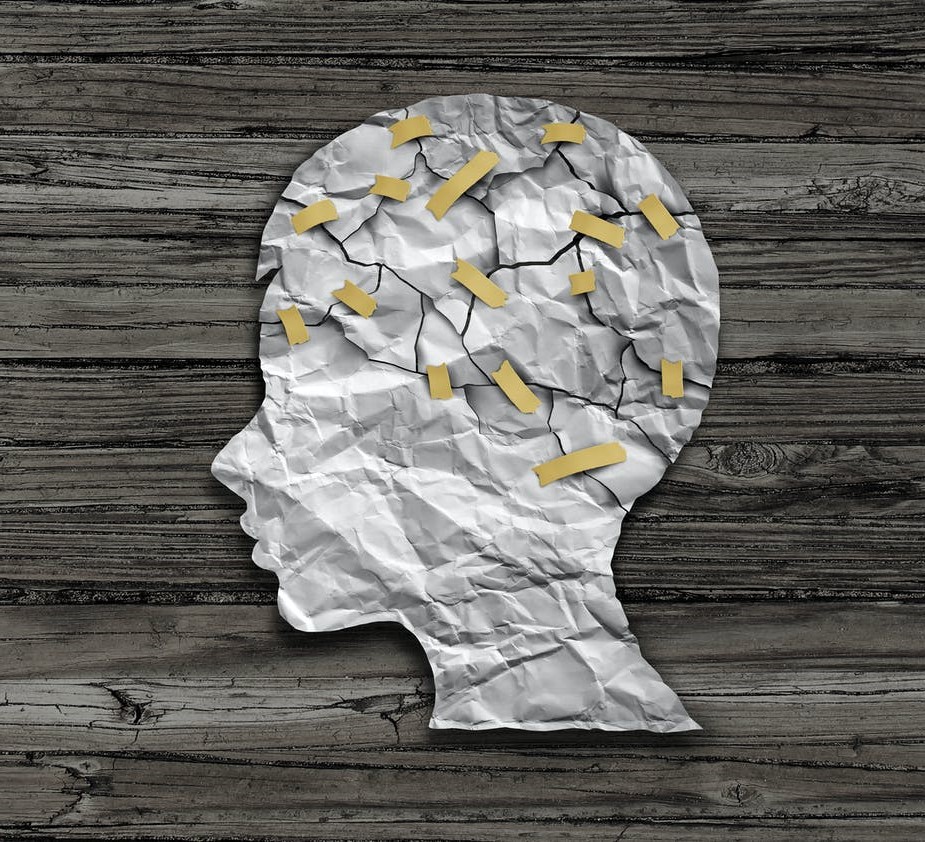
Image via theconversation.com
I’ve written about trauma and its effects in this space before, but in light of recent events, I think it deserves a deeper look.
The simplest definition of trauma is an emotionally painful or distressing event that results in lasting emotional or physical effects. An example of this is the PTSD suffered by soldiers returning from combat — what they lived through was so shocking, they continue to experience emotional and physical symptoms for years after they return home.
In children, many events and situations can cause trauma: natural disasters, divorce, death, homelessness, food insecurity, abuse, abandonment, and violence are some. It’s important to note that being a witness to a trauma can be traumatic as well, such as witnessing police violence or watching a parent suffer abuse. When trauma occurs, the emotional and physiological response can look very different depending on age and understanding. Children lack the emotional and intellectual development to process traumatic events without help and so the effects of the trauma manifest differently than they might in an adult. Some responses to trauma in children are:
Excessive crying Loss of appetite
Anger, acting out, profanity Re-enacting the trauma
Meltdowns Obsessive worry/Concern for safety/Anxiety
Hyper-compliance to avoid notice Nightmares
Hyperactivity Physical symptoms such as stomachache
Inability to sleep Inability to learn
Absenteeism
This last one – inability to learn — is critical for educators to understand because it is very common: trauma throws the brain to the bottom of Maslow’s Hierarchy of Needs. This is the level where the mind is consumed with what the body needs to survive: food, water, shelter, safety. Sometimes the mind believes it is under imminent threat and the “lizard brain” takes over to insure survival. All higher cognitive function is suppressed by the need to stay alive. The mind is on high alert, holding the body ready to fight, flee, freeze, or appease at the first sign of threat. A mind in this state cannot learn.
When the emotions of the trauma — pain, fear, anguish, anger — overwhelm, erratic and defiant behavior, even violent behavior, can be the result. This shouldn’t be overly surprising: mature brains often resort to this type of behavior and immature brains do too, but with less understanding of why. Understanding the effects of trauma gives teachers insight into student behavior so they can look for root causes, respond appropriately, and create a safe environment for students to process their emotions. Resolving trauma allows learning to resume.
If trauma is not resolved, it can permanently damage the brain in the sense that the brain wires itself to respond to all trauma in potentially destructive ways. Children with certain types of unresolved trauma may never develop an ability to understand their own or their peers’ emotions, or to regulate their own emotions. The potential implications of this in terms of life-long behavior are clear.
The events of the summer of 2020 have been traumatic for many people, but perhaps most traumatic for those who have experienced or witnessed illness, job loss, or police violence against Black people and the resulting protests which also turned violent when federal troops became involved. The murders of George Floyd, Breonna Taylor, and now Jonathan Price at the hands of white police officers are profoundly terrifying for students of color and their parents. Some of our auditors shared that they experienced PTSD this summer witnessing these events because they vividly remembered similar protests and violence against Black people when they were children during the Civil Rights era. As educators, we can’t underestimate the impact of these events and the effects they will have on some of our most vulnerable and marginalized students.
Be aware of trauma, and how it has permeated our culture this year. Be aware of how it manifests in children. Intervene early, respond with compassion and mercy, seek out resources to help children process their pain and distress. Make school a safe place for them when the rest of the world feels like it’s burning.
